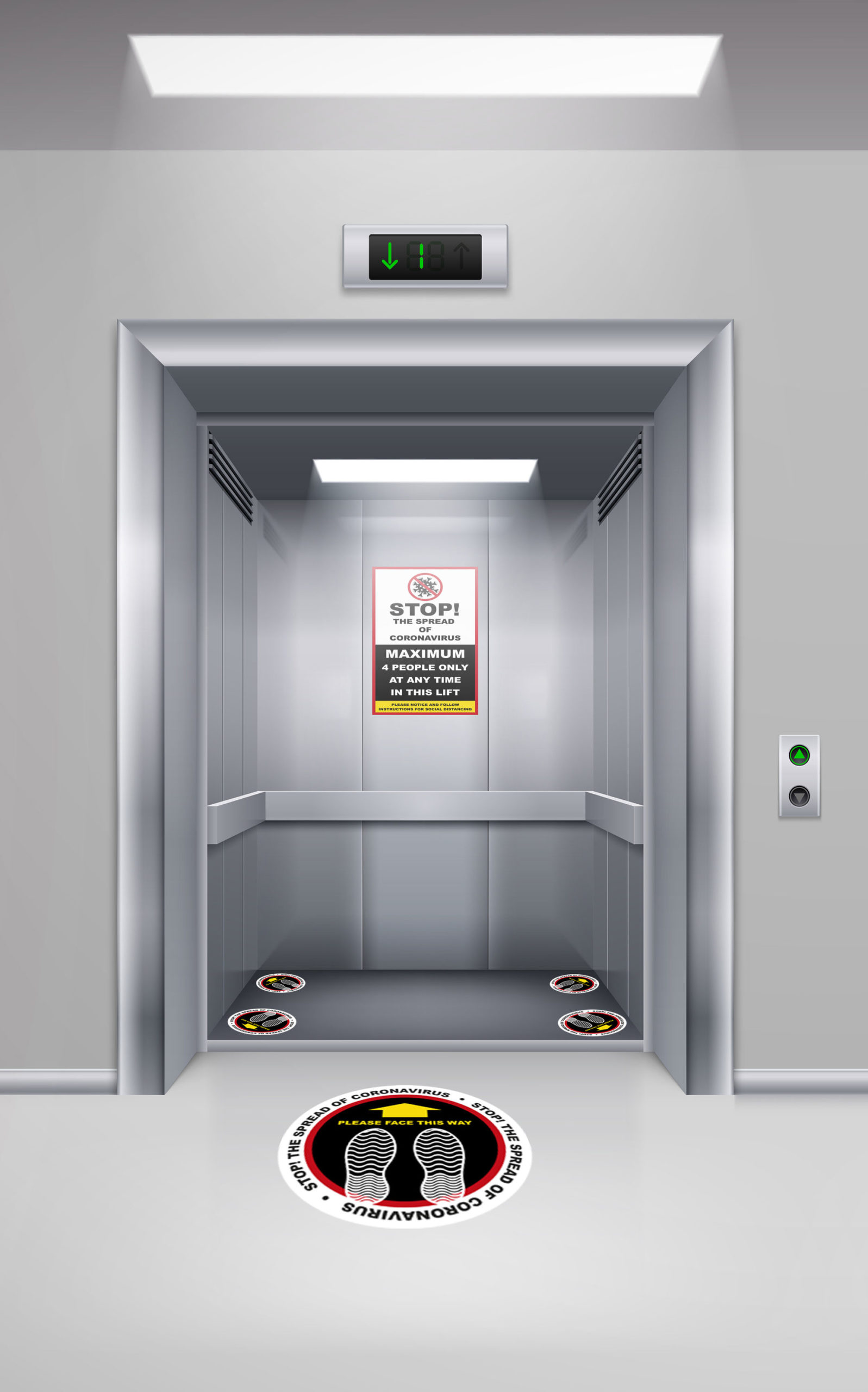Inexpensive Lift Repair Near Me: Expert Specialists at Your Service
Inexpensive Lift Repair Near Me: Expert Specialists at Your Service
Blog Article
Delving Into the Globe of Elevators: Usual Concerns Dealt With by Different Lift Systems
As we browse via the vertical transport systems of modern-day buildings, elevators stand out as a crucial component of our everyday lives. From hydraulic lifts to grip systems and machine-room-less designs, each lift type comes with its collection of usual issues.
Hydraulic Elevators
Hydraulic lifts, usually preferred for low-rise structures, make use of fluid stress to control the movement of the elevator auto (lift repair companies). This mechanism involves a hydraulic pump pushing oil into a cyndrical tube, causing the elevator to move in the preferred direction. While hydraulic lifts are known for their peaceful and smooth procedure, they do feature their very own collection of common issues
One prevalent issue with hydraulic elevators is oil leakage. The seals in the hydraulic system can wear gradually, bring about oil infiltration. This not just creates a mess but can additionally affect the lift's efficiency if left unaddressed. Furthermore, problems with the control system, such as malfunctioning shutoffs or a malfunctioning pump, can trigger interruptions in the elevator's movement.
Regular upkeep and punctual repair services are important to guarantee the smooth functioning of hydraulic elevators. By attending to these usual issues proactively, structure owners can lessen downtime and ensure the safety and security and performance of their upright transportation system.
Grip Elevators
When considering vertical transport systems in buildings, one more typical kind other than hydraulic lifts is the traction elevator. Grip elevators operate using a system of ropes and weights that move the elevator vehicle by clutching onto the hoist ropes. This device enables smoother and faster vertical transportation compared to hydraulic systems.
One of the common issues encountered by grip elevators is rope wear. The constant movement of the ropes within the traction system can result in wear and tear gradually, possibly triggering the elevator to breakdown or end up being harmful for usage. Routine examinations and upkeep of the ropes are necessary to guarantee the elevator's appropriate performance and safety and security.
Another issue that grip lifts might come across is associated with the control system. Issues with the control system can lead to problems such as unpredictable activity, delays in action times, or also complete shutdowns. Regular testing and maintenance of the control system are crucial to stop such concerns and ensure the elevator's reliability.
Machine-Room-Less (MRL) Lifts

Among the essential components of MRL lifts is the compact gearless grip machine that is mounted within the hoistway. This device successfully drives the elevator vehicle without the demand for bulky equipment discovered in traditional traction lifts. Furthermore, MRL elevators usually use a counterweight system to balance the car, additional boosting their visit site energy performance.
In spite of their advantages, MRL lifts might deal with difficulties connected to upkeep and repair as a result of the restricted area for devices setup. Availability for servicing elements within the shaft can be restricted, calling for specialized training for specialists. Correct upkeep timetables and routine assessments are vital to make certain the ongoing smooth procedure of MRL elevators.
Overloading and Weight Restriction Issues
Are lifts outfitted to manage excess weight loads effectively and safely? Overwhelming and weight limit problems are crucial concerns in lift procedures. Elevator makers layout lifts with certain weight capacities to make certain guest safety and equipment durability. Exceeding these weight restrictions can bring about various troubles, including mechanical failures, hold-ups, and security dangers.
When lifts are overwhelmed, it puts excessive strain on the motor, cable televisions, and other parts, possibly causing malfunctions or breakdowns. If they spot excess weight, safety and security mechanisms such as sensors and overload sensing article units are in area to prevent lifts from relocating. In addition, exceeding weight restrictions can lead to raised energy intake and damage on the lift system.
To mitigate straining concerns, constructing supervisors ought to plainly show weight limits in elevators and inform occupants on the importance of adhering to these limitations - lift repair companies. Regular maintenance checks by qualified professionals can likewise help make certain that lifts are operating within secure weight criteria. By attending to overloading and weight limit problems proactively, building proprietors can improve lift safety and security and effectiveness
Electric System Failings
Exceeding weight limits in lifts can not only lead to mechanical problems however likewise potentially add to electrical system failings within the lift infrastructure. Electrical system failings are an important worry in elevator operation, as they can trigger unforeseen shutdowns, breakdowns, or also security threats.
Normal maintenance and inspections are critical to determine and address prospective electric issues promptly, guaranteeing the safe and reliable operation of lift systems. By sticking to weight restrictions and performing routine electrical system checks, structure proprietors can minimize the threat of electric failures in lifts.
Final Thought

Hydraulic elevators, commonly liked for low-rise buildings, utilize fluid pressure to control the motion of the lift cars and truck.When thinking about vertical transportation systems in buildings, an additional usual kind aside from hydraulic elevators is the grip lift. Traction elevators run making use of a system of ropes and weights that relocate the elevator cars and truck by gripping onto the hoist ropes. Unlike standard elevators that need a different maker room to house the tools, MRL lifts integrate many of the parts within the shaft, eliminating the need for a committed equipment area.In conclusion, elevators face common problems such as hydraulic breakdowns, traction system failings, and electrical system issues.
Report this page